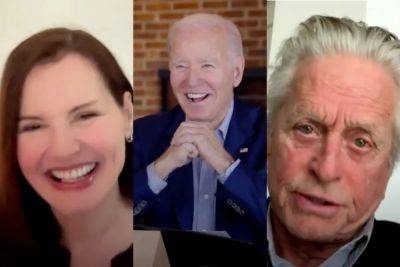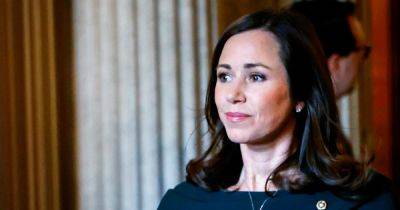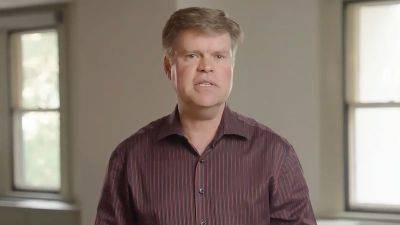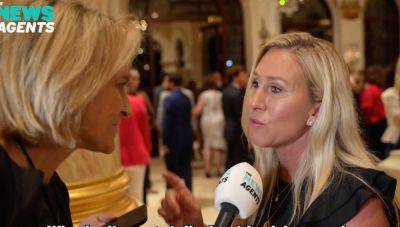American pollsters aren’t sure they have fixed the flaws of 2020
As America enters a nervous election year, one thing is certain: the opinion polls will be watched closely for clues about the outcome. But how much faith should be placed in them? In the past two presidential cycles they misfired, badly underestimating support for Donald Trump each time. Mr Trump looks likely to be the Republican nominee again. In head-to-head polls he leads Joe Biden by 2.3 points on average. That suggests a toss-up. Polls conducted so far in advance of the election have generally missed by a margin far greater than Mr Trump’s current lead.
And Mr Trump’s voters vex pollsters: they appear to be disproportionately less likely to take part in pre-election surveys yet turn out to vote for him. Pollsters have been grappling with ways to reflect this in their numbers, but no one knows how well their adjustments will work. In a close contest, even small errors can prove critical.
Polling looks simpler than it is. To gauge what people think, pollsters ask questions of a tiny subset of a population. But some people—generally those who are older, whiter and have college degrees—are more likely to respond than others. To make the sample better reflect the population as a whole, pollsters have two levers they can fiddle with. They can adjust how they select their sample or they can place more weight on the views of those underrepresented within it. Most do both.
To complicate matters further, election prognosticators also have to predict who will actually vote. Pollsters filter out those they predict are unlikely to show up. Although they have various tools to do this—from voter-registration data to respondents’ stated intentions—it remains as much an art as a science.
In 2016 the size and composition of the







